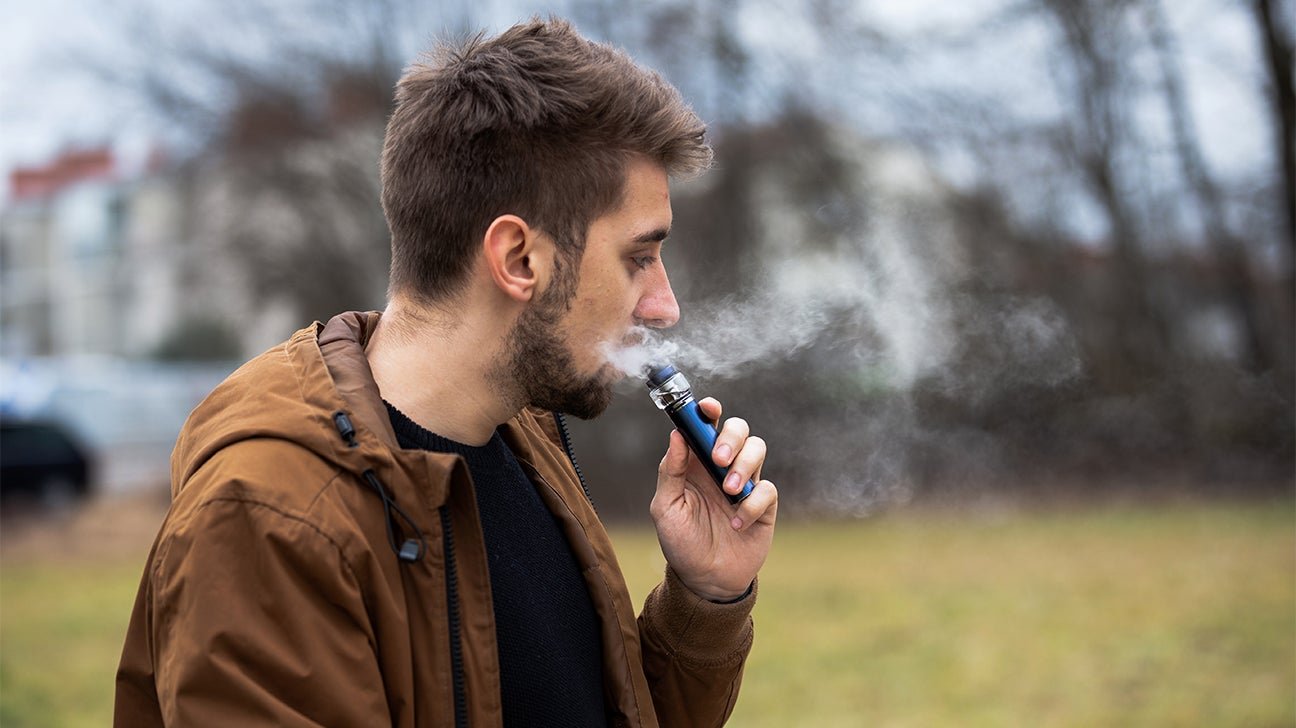Vaping and Health: Debunking Safety Myths
Introduction
In recent years, vaping has gained widespread popularity, especially among younger populations, with many viewing it as a safer alternative to traditional smoking. However, misconceptions about the safety of vaping are common and can lead to misleading ideas about its impact on health. In this blog post, we’ll debunk some of the most prevalent myths surrounding vaping and shed light on the real risks associated with this trend.
Myth 1: Vaping is Completely Harmless

Vaping devices often contain nicotine, which is addictive and can affect brain development, particularly in teenagers and young adults. In addition, the aerosols generated by e-cigarsettes contain harmful substances like formaldehyde, heavy metals, and volatile organic compounds. Studies have shown that exposure to these chemicals can damage lung tissue, contribute to respiratory issues, and even increase the risk of cardiovascular diseases.
Myth 2: Vaping Helps Quit Smoking Easily

There is no conclusive evidence that vaping is more effective than other medically approved smoking cessation methods, such as nicotine patches or medications. Moreover, because vaping delivers nicotine in a highly concentrated form, some users may find themselves vaping more frequently than they smoked, making it harder to quit entirely. In fact, some former smokers may inadvertently replace one harmful habit with another, rather than fully eliminating nicotine dependence.
Myth 3: Are second-hand Vape really harmless?
Secondhand aerosols from e-cigarette heating solutions (second-hand smoke from e-cigarettes) are a new source of air pollution. These include particulate matter (including fine and ultrafine particles), 1,2-propanediol, certain reactive organic compounds, certain heavy metals, and nicotine. Unlike many marketing claims, “water vapor” doesn’t come with it.
Compared with smoke-free fresh air, alternative aerosols can lead to PM1.0 values 14-40 times higher and PM2.5 values 6-86 times higher. Nicotine content is 10-115 times higher. The acetaldehyde content is 2-8 times higher and the formaldehyde content is 20% higher.
It produces higher levels of certain metals, such as nickel and chromium, than traditional cigarette smoke.
Myth 4: E-Liquids Are Always Nicotine-Free

Not all e-liquids are nicotine-free, and assuming otherwise can lead to unintended exposure. Some e-liquids contain varying levels of nicotine, and users must read labels carefully to understand what they’re inhaling. Nicotine exposure can have adverse effects, especially for non-smokers and young individuals.
Myth 5: Vaping Isn’t Addictive Like Smoking

Most e-cigarettes contain nicotine, the same addictive substance found in traditional tobacco products. In some cases, vaping devices can deliver even higher doses of nicotine than cigarettes. This can lead to increased dependence, making it harder to stop using e-cigarettes over time. Moreover, because vaping is often perceived as more socially acceptable, users may engage in the habit more frequently, which can further increase addiction risks.
Conclusion
As the vaping landscape evolves, it’s crucial to critically assess the information surrounding vaping and health. Debunking safety myths requires a balanced understanding of the risks and benefits associated with vaping. While vaping is considered a less harmful alternative to smoking, it’s not entirely risk-free. Separating fact from fiction empowers individuals to make informed decisions about their health and vaping choices. By engaging in evidence-based discussions, we can navigate the complex world of vaping and health with a clear perspective.




